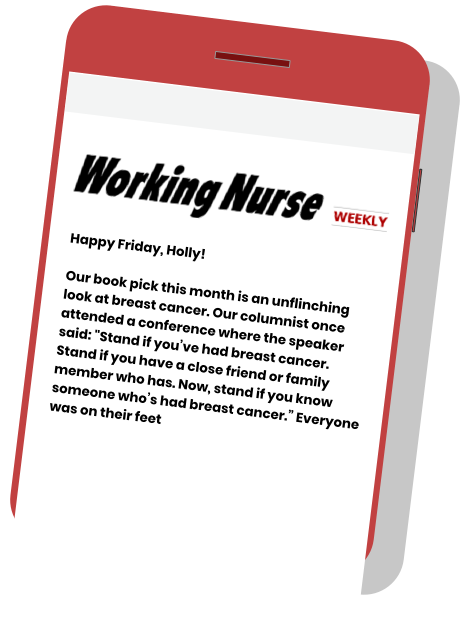Nursing Book Club
Empire of Pain: The Secret History of the Sackler Dynasty by Patrick Radden Keefe
A deep dive into the loathsome family at the heart of the opioid crisis

Until recently, the name Sackler might have been unfamiliar to you unless you were well-versed in philanthropy.
Estimated to be one of the 20 wealthiest families in the U.S., the Sackler name can be found on some of the finest art, medical and educational institutions in the world. There are Sackler museums at Harvard and Peking University; a Sackler Library at Oxford; a Sackler school of medicine in Tel Aviv; and, until 2019, a Sackler wing of the Louvre.
Such was the family’s generosity that few asked: Where did all this wealth come from? That’s the question journalist Patrick Radden Keefe set out to answer in his new book, Empire of Pain: The Secret History of the Sackler Dynasty.
Keefe begins with the three brothers: Arthur, Mortimer and Raymond Sackler, sons of an immigrant grocer in Brooklyn. Like many children of immigrants, their dreams involved getting a good education and working hard to build their fortunes.
The oldest brother, Arthur, became a psychiatrist and convinced his brothers to follow in his footsteps. However, Arthur Sackler also found a different focus. The ‘30s and ‘40s were a period when new developments in medication were becoming central to medical treatment. Arthur saw untapped opportunities in medical advertising, so he went to work in a small ad agency, which he later acquired.
Before OxyContin — Valium
Among the agency’s clients was the firm of Hoffman-La Roche, which developed the benzodiazepine sedatives Librium (chlordiazepoxide), which received FDA approval in 1960, and Valium (diazepam), which followed in 1963.
Arthur Sackler’s aggressive marketing tactics — which included advertising directly to doctors — made Valium a household word and the biggest new drug success story of the ‘60s and ‘70s.



